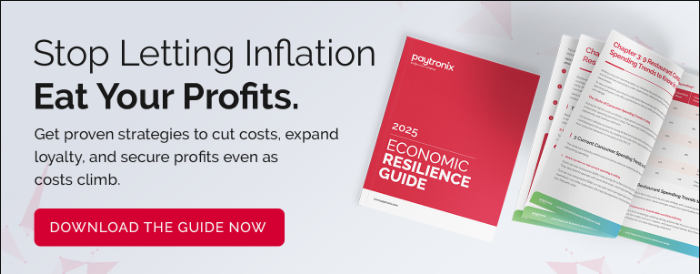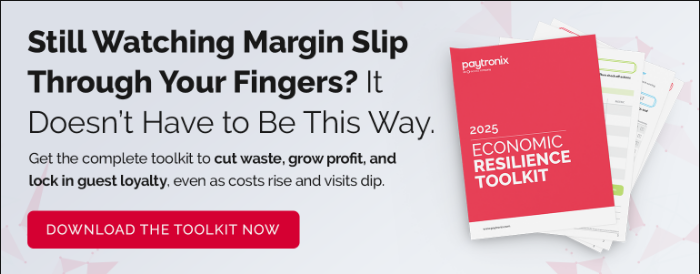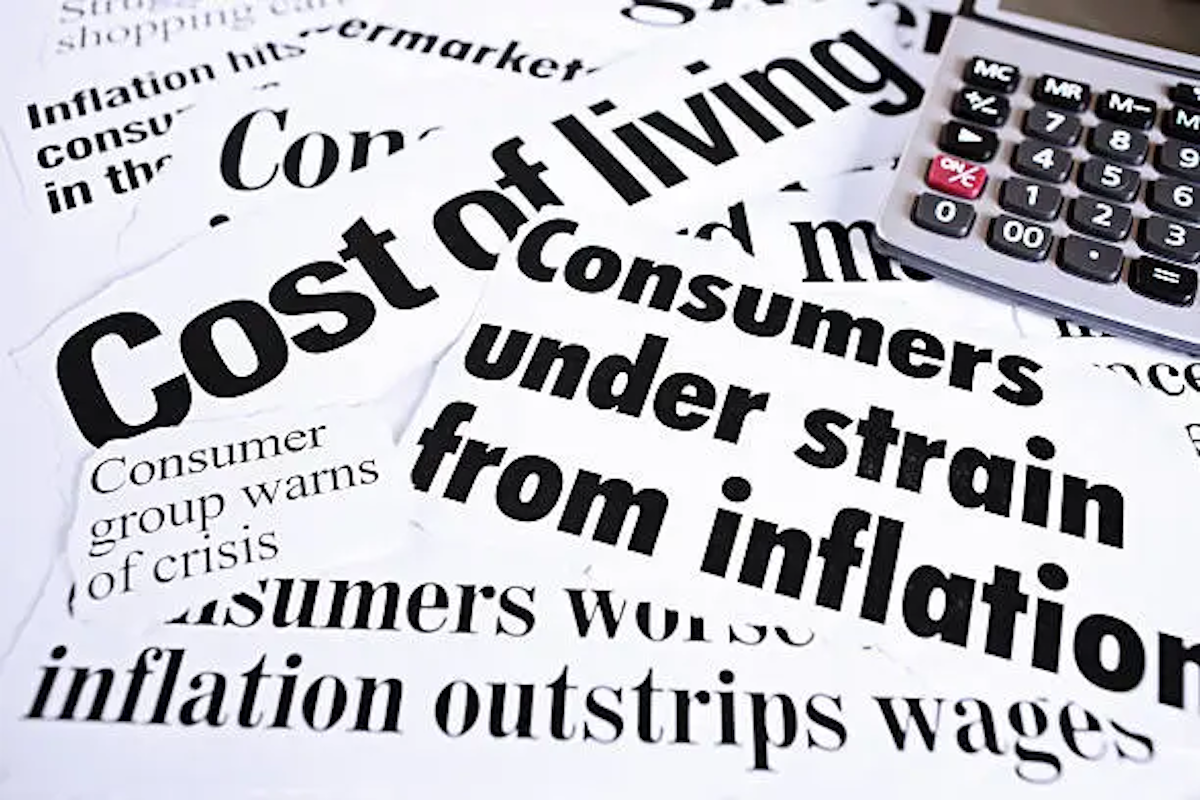14 min read
6 min read

3 Real-World Price Sensitivity Stories
Understanding how businesses manage price sensitivity offers valuable insights. The following are three true-to-life examples.
1. Restaurant Adjusting Menu Pricing Based on Demand
Dunkin' Donuts recently removed extra charges for non-dairy milk alternatives like oat, almond, and soy milk. This decision, based on customer feedback and inflation concerns, helps Dunkin' lower price sensitivity.
By eliminating these upcharges, Dunkin' improves product value and appeals to guests who seek affordable, customizable options.
2. Convenience Store Using Loyalty Programs to Reduce Price Sensitivity
Rutter’s, a c-store chain, implemented our online ordering solutions in March 2023 to improve its loyalty program and reduce price sensitivity. Exclusively available to VIP members, the service led to a 25% increase in customer visits and a 10% rise in spending.
This digital solution created a more personalized guest experience, improved engagement, and strengthened the store's loyalty program, reaching 37% program penetration.
3. Premium Brands' Strategies
Premium brands operate differently from restaurants and c-stores, where price sensitivity influences customer decisions in distinct ways. While these sectors often compete on cost, premium brands justify higher prices through exclusivity and perceived value.
Customers are willing to pay more for these products, as they are seen as superior and not easily accessible.
How to Calculate Price Sensitivity
To understand price sensitivity, businesses need to examine how price changes impact customer behavior. This can be measured using basic data analysis, with the key concept being price elasticity of demand.
For example, if a restaurant raises the price of a coffee and sees a significant drop in sales, that coffee is considered price-sensitive, or elastic. On the other hand, if sales remain steady despite a price increase, the coffee is less price-sensitive, or inelastic.
The Price Elasticity of Demand Formula
(PED)= % change in quantity demanded / % change in price
- PED > 1 = Elastic
- PED < 1 = Inelastic
- PED = 1 = Unitary elasticity
Restaurants and c-stores often use tools like pricing software and customer feedback systems to track customer responses to price changes. By analyzing this price sensitivity data, businesses act more strategically, ensuring they remain competitive in pricing while keeping customers satisfied.
What Is Customer Price Sensitivity?
Customer price sensitivity refers to how different people respond to price changes. Not everyone reacts the same way to price increases, and several factors influence their decisions.
The reality is, if a restaurant raises its prices while a competitor down the street doesn’t, people might choose the other place instead. On the other hand, some customers stay loyal to a brand they trust even if prices go up, especially if they feel the value justifies the cost (price insensitive).
Businesses need to monitor this closely and adjust their prices wisely—whether by offering deals, adding extra value, or staying competitive with nearby options.
What Is High Price Sensitivity? How to Address It
High price sensitivity occurs even when small price changes cause customers to react strongly. Businesses respond in two main ways: competing on price or focusing on differentiation.
The key is making the product feel worth it. Instead of lowering prices, businesses highlight quality ingredients, great service, or exclusive loyalty program deals. A restaurant might promote fresh, locally sourced dishes, while a convenience store might emphasize a fast checkout experience and a well-curated product selection.
By shifting the focus to overall value, businesses avoid constant price wars and build loyal customers who choose them for more than just cost.
4 Ways to Respond to Buyer Price Sensitivity
Managing buyer price sensitivity is more than just lowering prices; it’s about creating value that keeps guests returning. Whether through smart pricing strategies or added perks, businesses have several ways to encourage purchases while protecting their margins.
1. Tap Into Loyalty Programs
Loyalty programs ease pricing concerns by offering discounts, rewards, and exclusive benefits that make customers feel valued. Personalized promotions, like special offers on a customer’s favorite items, increase repeat visits and strengthen brand loyalty.
Businesses also gain valuable data insights from buyer intelligence surveys, which help them adjust their pricing strategy based on real purchasing behavior. This data allows companies to refine their offerings and tailor promotions, ensuring they remain competitive while meeting customer expectations.
2. Use Dynamic Pricing and Discounting
Adjusting prices based on demand and competitor pricing keeps businesses competitive without sacrificing profitability. Balancing strategic discounts, while maintaining margins is key, and can be accomplished by using bundling, limited-time offers (LTOs), and targeted promotions to increase perceived value rather than relying solely on lower prices.
3. Be Different and Offer Lots of Value
When customers see a product as unique or high quality, they’re less likely to switch based on price alone. Restaurants that highlight fresh ingredients, sustainable sourcing, or signature dishes create a competitive edge. Convenience stores that offer premium selections, specialty items, or an improved shopping experience make price less of a deciding factor.
4. Create a Wonderful Customer Experience
Beyond price, factors like speed, service, and ease of purchase all influence buying decisions. A restaurant with efficient service and a welcoming atmosphere encourages repeat visits, even with slightly higher prices. C-stores that streamline checkout, offer digital payment options, and maintain a well-organized layout within your restaurant or c-store interior make shopping effortless, reducing price sensitivity in the process.
Frequently Asked Questions About Price Sensitivity
Price sensitivity analysis plays a critical role in customer decision-making, especially in industries like restaurants and c-stores. Here are answers to some common questions.
What is the meaning of price sensitivity?
Price sensitivity describes how strongly guests react to changes in prices. A product is considered price-sensitive when small price increases significantly impact its sales volume, as guests may seek cheaper alternatives or delay purchases.
How do you measure price sensitivity?
Businesses typically use price elasticity of demand (PED) to measure price sensitivity. This formula calculates the percentage change in quantity demanded relative to a percentage change in price. Tracking sales data and client feedback also helps businesses understand price sensitivity.
What factors affect price sensitivity?
Several factors affect price sensitivity, including the necessity of the product, the availability of substitutes, the customer’s income, and economic conditions like inflation. A product's perceived value and its brand strength can also influence how price changes impact consumer behavior.
What is an example of a price sensitive product?
A price-sensitive product is one where small price increases can significantly reduce demand. For instance, in the fast-food sector, something like a cup of coffee becomes price-sensitive if customers can easily find similar options at a lower cost, leading to a shift in their purchasing behavior.
How do you address price sensitive customers?
To address price-sensitive customers, businesses can offer value through loyalty programs, emphasize product differentiation (such as unique features or quality), and leverage strategic pricing techniques like bundling or discounts. Ensuring customer satisfaction through personalized services or a smooth shopping experience can also help reduce price sensitivity.
Addressing Price Sensitivity in 2025 and Beyond
As we move further into 2025, price sensitivity will remain a critical factor shaping consumer behavior in B2C sectors, especially in restaurants and retail stores. In ever-evolving market dynamics, businesses must adapt by leveraging data-driven pricing models, offering personalized loyalty programs, and implementing strategic discounting to balance profitability with customer satisfaction.
To understand why loyal customers keep spending, even in tough economies, download our Inflation and Loyalty Programs guide. It’ll provide you with valuable insights on how loyalty programs can help businesses maintain customer retention and adapt to economic challenges.
Looking to optimize your pricing strategy and customer retention? Book a demo with Paytronix to explore actionable insights that help businesses better understand customer spending patterns and adjust pricing accordingly.








